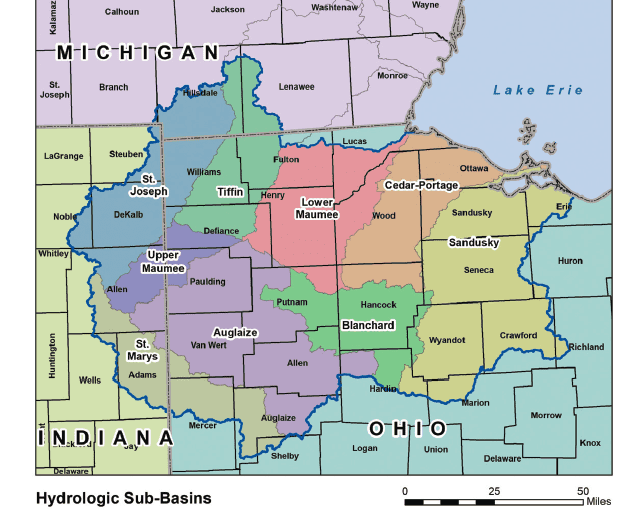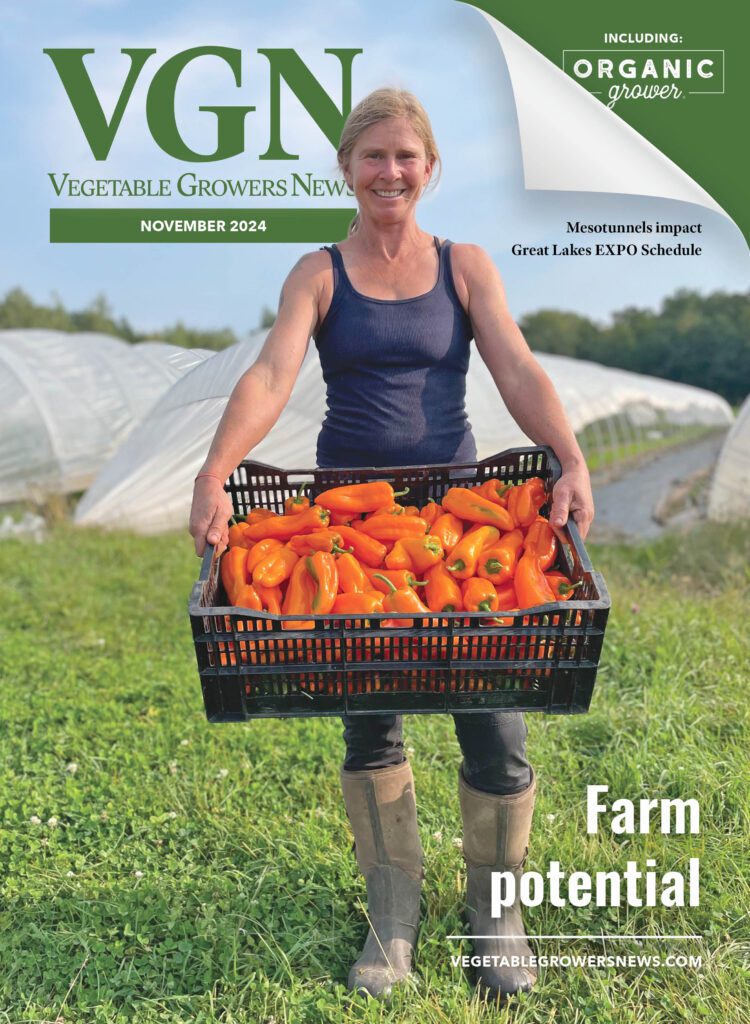Oct 5, 2021Farmers can get phosphorus reduction funds in Western Lake Erie Basin
Farmers in the Western Lake Erie Basin – including parts of Ohio, Michigan and Indiana – can earn money through a phosphorus load reduction pilot program.
The “Phosphorus Load-Reduction Stimulation Program” (PLUS-UP) program, coordinated by the Conservation Technology Information Center (CTIC), will pay farmers in the project area $5 to $10 per acre in 2022 to reduce P loads using practices such as no-till or cover crops.
“The PLUS-UP program will provide a financial incentive for conservation practices that help farmers reduce phosphorus loading in the Lake Erie watershed, keep their nutrients where their crops can use them, and build soil health,” Hans Kok, CTIC program director, said in a news release. “Bayer Crop Science has purchased phosphorus credits to provide these PLUS-UP incentives, and the U.S. Environmental Protection Agency has supported the development of a market mechanism that could be sustainable well into the future.”


Through educational materials, workshops, and one-on-one training, CTIC, the Bayer Carbon Program (www.bayercarbon.com) and Heidelberg University will provide support to farmers on sustainable practices.PLUS-UP payments now being offered to growers are intended to help offset their costs for the use of in-field practices—cover crops and no-till—which help reduce the amount of dissolved reactive phosphorus (DRP) delivered to the watersheds that drain into Lake Erie. Even better, signing a one-year PLUS-UP contract will not disqualify participants from other programs (like H2Ohio) within the watershed. Farmers who are participating in the Bayer Carbon Program can double their payment by signing up for the CTIC program and implementing the same practices.
Dissolved Reactive Phosphorus
Laura Johnson, director of the National Center for Water Quality Research at Heidelberg University, points out that while particulate phosphorus has been most widely studied, dissolved reactive phosphorus (DRP) is the form that is immediately available to algae – and crops. That makes it the most important form of phosphorus to keep on the farm and out of surface waters.
“What we’ve been learning over time, especially with more recent algal blooms in Lake Erie, is that it seems like the smaller portion of phosphorus, the dissolved phosphorus that you can’t see, plays a critical role in bloom severity because it is way more bioavailable for algae,” Johnson said. “And if we’re thinking of it in an agricultural context, dissolved phosphorus is the farmer’s crop available phosphorus.”
Payments
PLUS-UP payments will be based on Nutrient Tracking Tool (NTT) modeling results for the practices and conditions for each participating field. According to Johnson’s research, DRP runoff in the Western Lake Erie Basin averages 0.3 pounds per acre; reductions are expected to be in the range of 0.05 to 0.1 pounds per acre. Based on those estimates, payments for practices in the PLUS-UP pilot program will probably be approximately $5 per acre for cover crops, $3 per acre for no-till, or $10 for both practices employed together.
The first round of payments will be for practices put in place between the harvest of the 2021 cash crop and planting of the Spring 2022 crop. Johnson’s team at Heidelberg University will calculate the reductions for each participating grower using the NTT model and report this to CTIC. The contract will call for payment to be made soon after planting of the 2022 crop.Sign Up Online
Interested farmers with fields in the Western Lake Erie Basin can find more information and apply for PLUS-UP using the CTIC website: https://ctic.org/projects/
For more information on CTIC and CTIC projects please visit: https://www.ctic.org.















